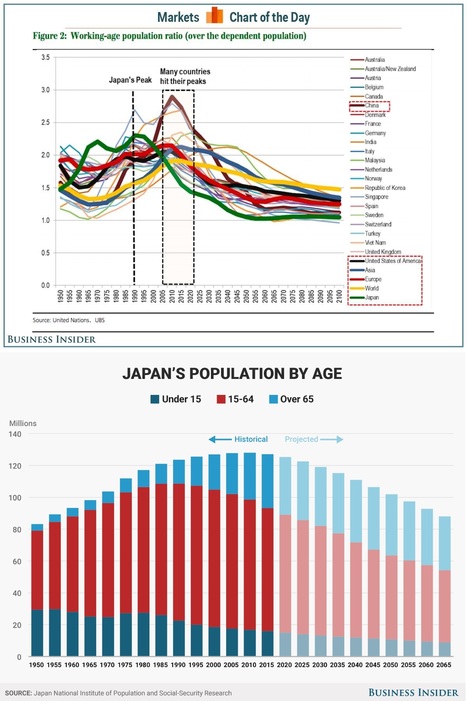"The Japanese don’t sleep. This is what everyone – the Japanese above all – say. I first encountered these intriguing attitudes to sleep during my first stay in Japan in the late 1980s. Daily life was hectic; people filled their schedules with work and leisure appointments, and had hardly any time to sleep.
Research and publish the best content.
Get Started for FREE
Sign up with Facebook Sign up with X
I don't have a Facebook or a X account
Already have an account: Login
 Your new post is loading... Your new post is loading...
 Your new post is loading... Your new post is loading...
|

GTANSW & ACT's curator insight,
June 20, 2017 10:34 PM
Preliminary HSc - Global challenges: Population 
Deanna Wiist's curator insight,
September 12, 2017 9:01 PM
The article headline is quite click-baity, but there is some real substance to this article. The graphs are especially useful to teach concepts such as population momentum and the age-dependency ratio. These were the key parts of the article that caught my eye:
Tags: culture, gender, labor, population, migration, Japan, East Asia. |












